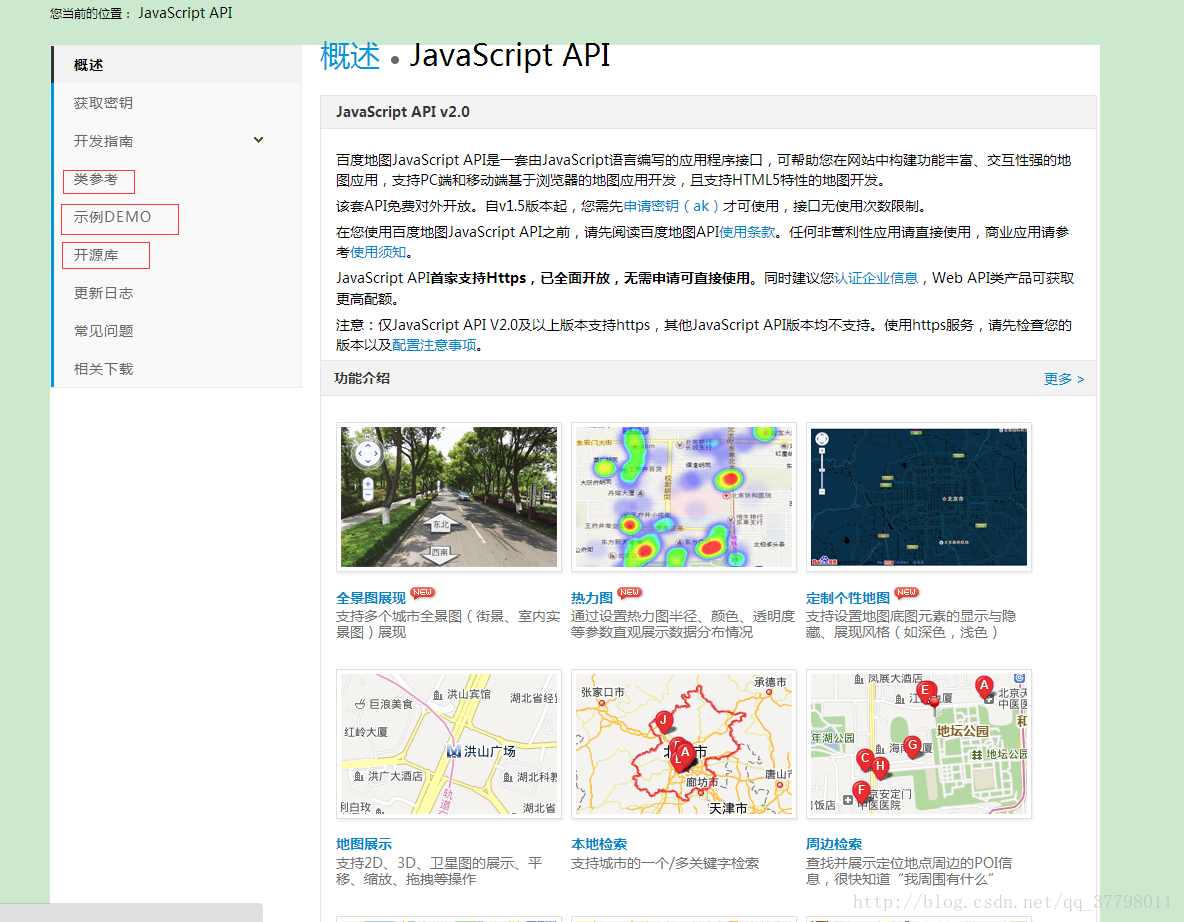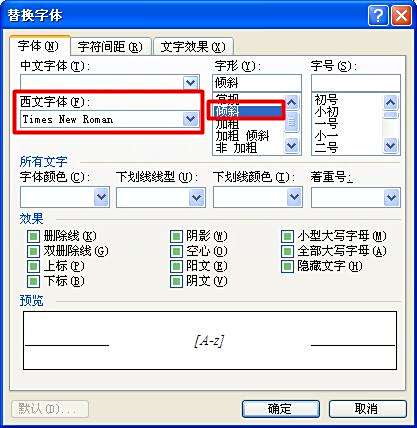html 如何自动定位城市
- 前端开发
- 2025-07-28
- 3151
HTML5 Geolocation API 获取用户位置,结合 JavaScript 将坐标转换为城市名称,实现
HTML中自动定位城市通常需要结合多种技术,包括JavaScript、浏览器的地理位置API以及后端服务(如GeoIP数据库),以下是一个详细的实现步骤和示例代码,帮助你在网页中自动获取并显示用户所在的城市。
使用浏览器的地理位置API获取经纬度
浏览器提供了navigator.geolocation对象,可以用来获取用户的当前位置(经纬度),这是实现自动定位的第一步。
<!DOCTYPE html>
<html lang="zh-CN">
<head>
<meta charset="UTF-8">自动定位城市示例</title>
<script>
function init() {
if (navigator.geolocation) {
navigator.geolocation.getCurrentPosition(successCallback, errorCallback);
} else {
document.getElementById('location').innerText = '浏览器不支持地理定位。';
}
}
function successCallback(position) {
const latitude = position.coords.latitude;
const longitude = position.coords.longitude;
// 调用函数将经纬度转换为地址
getCityFromCoords(latitude, longitude);
}
function errorCallback(error) {
let message = '无法获取位置信息:';
switch(error.code) {
case error.PERMISSION_DENIED:
message += '用户拒绝了请求。';
break;
case error.POSITION_UNAVAILABLE:
message += '位置信息不可用。';
break;
case error.TIMEOUT:
message += '请求用户位置超时。';
break;
default:
message += '未知错误。';
}
document.getElementById('location').innerText = message;
}
// 使用fetch API调用后端GeoIP服务
async function getCityFromCoords(lat, lng) {
try {
const response = await fetch(`https://api.example.com/geoip?lat=${lat}&lng=${lng}`);
if (!response.ok) throw new Error('网络响应不是OK');
const data = await response.json();
document.getElementById('location').innerText = `您所在的城市是:${data.city}`;
} catch (error) {
document.getElementById('location').innerText = '无法获取城市信息。';
console.error('Error fetching city:', error);
}
}
window.onload = init;
</script>
</head>
<body>
<h1>自动定位城市示例</h1>
<p id="location">正在定位...</p>
</body>
</html>
后端GeoIP服务的选择与集成
前端获取到经纬度后,需要将其发送到后端服务以获取具体的城市信息,可以使用第三方GeoIP服务,如:
- Google Maps Geocoding API
- OpenCage Geocoding API
- Mapbox Geocoding API
- ipinfo.io(基于IP的GeoIP服务)
示例:使用OpenCage Geocoding API
注册并获取API密钥,修改前端代码中的getCityFromCoords函数,替换为实际的API端点。

async function getCityFromCoords(lat, lng) {
const apiKey = 'YOUR_OPENCAGE_API_KEY';
try {
const response = await fetch(`https://api.opencagedata.com/geocode/v1/json?q=${lat}+${lng}&key=${apiKey}`);
if (!response.ok) throw new Error('网络响应不是OK');
const data = await response.json();
if (data.results && data.results.length > 0) {
document.getElementById('location').innerText = `您所在的城市是:${data.results[0].components.city || data.results[0].components.town}`;
} else {
throw new Error('未找到城市信息');
}
} catch (error) {
document.getElementById('location').innerText = '无法获取城市信息。';
console.error('Error fetching city:', error);
}
}
处理权限和错误情况
用户可能拒绝浏览器的位置请求,或者网络请求可能失败,需要在代码中处理这些情况,提供友好的错误提示。
function errorCallback(error) {
let message = '无法获取位置信息:';
switch(error.code) {
case error.PERMISSION_DENIED:
message += '您拒绝了位置请求。';
break;
case error.POSITION_UNAVAILABLE:
message += '位置信息不可用。';
break;
case error.TIMEOUT:
message += '请求位置超时。';
break;
default:
message += '发生未知错误。';
}
document.getElementById('location').innerText = message;
}
本地存储与缓存策略
为了减少对外部API的频繁请求,可以在用户首次授权后,将获取到的城市信息存储在localStorage中,并在后续访问时优先读取缓存。
async function getCityFromCoords(lat, lng) {
const cachedCity = localStorage.getItem('userCity');
if (cachedCity) {
document.getElementById('location').innerText = `您所在的城市是:${cachedCity}`;
return;
}
try {
const response = await fetch(`https://api.opencagedata.com/geocode/v1/json?q=${lat}+${lng}&key=YOUR_API_KEY`);
if (!response.ok) throw new Error('网络响应不是OK');
const data = await response.json();
if (data.results && data.results.length > 0) {
const city = data.results[0].components.city || data.results[0].components.town;
document.getElementById('location').innerText = `您所在的城市是:${city}`;
localStorage.setItem('userCity', city);
} else {
throw new Error('未找到城市信息');
}
} catch (error) {
document.getElementById('location').innerText = '无法获取城市信息。';
console.error('Error fetching city:', error);
}
}
隐私与安全性考虑
- 用户同意:确保在获取用户位置前,明确告知用途,并获得用户同意。
- 数据保护:不要将用户的地理位置信息传输给不可信的第三方,或在未经允许的情况下进行存储。
- HTTPS:使用安全的连接(HTTPS)来保护数据传输的安全性。
兼容性与备用方案
并非所有设备或浏览器都支持地理位置API,可以提供一个备用方案,例如基于IP的定位,作为回退选项。
async function getCityFromIP() {
try {
const response = await fetch('https://api.ipinfo.io');
if (!response.ok) throw new Error('网络响应不是OK');
const data = await response.json();
document.getElementById('location').innerText = `您所在的城市是:${data.city}`;
} catch (error) {
document.getElementById('location').innerText = '无法通过IP获取城市信息。';
console.error('Error fetching city from IP:', error);
}
}
在errorCallback中调用getCityFromIP()作为备用:
function errorCallback(error) {
// ...现有错误处理逻辑
getCityFromIP(); // 尝试基于IP获取位置
}
完整示例代码整合
以下是整合上述功能的完整示例代码:
<!DOCTYPE html>
<html lang="zh-CN">
<head>
<meta charset="UTF-8">自动定位城市示例</title>
<script>
function init() {
if (navigator.geolocation) {
navigator.geolocation.getCurrentPosition(successCallback, errorCallback);
} else {
fallbackGetCity();
}
}
function successCallback(position) {
const latitude = position.coords.latitude;
const longitude = position.coords.longitude;
getCityFromCoords(latitude, longitude);
}
function errorCallback(error) {
let message = '无法获取位置信息:';
switch(error.code) {
case error.PERMISSION_DENIED:
message += '您拒绝了位置请求。';
break;
case error.POSITION_UNAVAILABLE:
message += '位置信息不可用。';
break;
case error.TIMEOUT:
message += '请求位置超时。';
break;
default:
message += '发生未知错误。';
}
document.getElementById('location').innerText = message;
fallbackGetCity(); // 尝试备用方案
}
async function getCityFromCoords(lat, lng) {
const cachedCity = localStorage.getItem('userCity');
if (cachedCity) {
document.getElementById('location').innerText = `您所在的城市是:${cachedCity}`;
return;
}
try {
const response = await fetch(`https://api.opencagedata.com/geocode/v1/json?q=${lat}+${lng}&key=YOUR_API_KEY`);
if (!response.ok) throw new Error('网络响应不是OK');
const data = await response.json();
if (data.results && data.results.length > 0) {
const city = data.results[0].components.city || data.results[0].components.town;
document.getElementById('location').innerText = `您所在的城市是:${city}`;
localStorage.setItem('userCity', city);
} else {
throw new Error('未找到城市信息');
}
} catch (error) {
document.getElementById('location').innerText = '无法获取城市信息。';
console.error('Error fetching city:', error);
fallbackGetCity(); // 尝试备用方案
}
}
async function fallbackGetCity() {
try {
const response = await fetch('https://api.ipinfo.io');
if (!response.ok) throw new Error('网络响应不是OK');
const data = await response.json();
document.getElementById('location').innerText = `您所在的城市是:${data.city}`;
localStorage.setItem('userCity', data.city);
} catch (error) {
document.getElementById('location').innerText = '无法通过IP获取城市信息。';
console.error('Error fetching city from IP:', error);
}
}
window.onload = init;
</script>
</head>
<body>
<h1>自动定位城市示例</h1>
<p id="location">正在定位...</p>
</body>
</html>
表格归纳关键步骤与技术
| 步骤 | 技术/工具 | 说明 |
|---|---|---|
| 1 | HTML5 Geolocation API | 获取用户的经纬度 |
| 2 | JavaScript Fetch API | 向后端或第三方API发送请求 |
| 3 | 第三方GeoIP服务 | 根据经纬度获取详细地址信息 |
| 4 | LocalStorage | 缓存城市信息,减少重复请求 |
| 5 | 错误处理 | 处理用户拒绝、网络错误等情况 |
| 6 | 备用方案 | 基于IP的定位作为回退 |
| 7 | 安全性措施 | 确保数据传输安全,保护用户隐私 |
FAQs(常见问题解答)
问题1:如果用户拒绝分享位置信息,如何获取其所在城市?
答:当用户拒绝浏览器的位置请求时,可以采用基于IP的定位作为备用方案,通过调用如ipinfo.io等服务,根据用户的IP地址获取大致的地理位置信息,这种方法虽然不如GPS定位精确,但在用户拒绝位置权限时仍然能够提供一定的定位能力。
问题2:如何提高自动定位的准确性和性能?
答:提高自动定位的准确性和性能可以从以下几个方面入手:
- 缓存机制:利用
localStorage或其他缓存技术,存储用户的城市信息,避免频繁调用外部API。 - 选择高效的GeoIP服务:选用响应速度快、准确率高的GeoIP服务,如Google Maps Geocoding API或专业的GeoIP提供商。
- 优化网络请求:尽量减少不必要的网络请求,合并多个请求,或使用异步加载技术提升用户体验。









